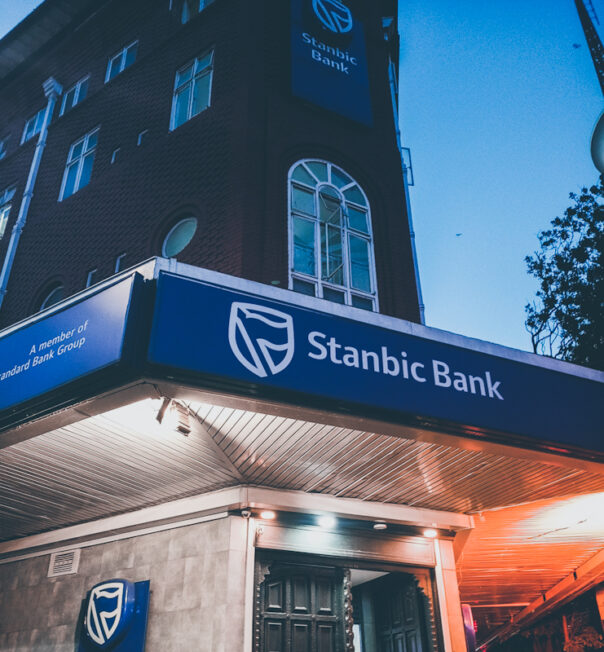Stanbic Holdings Plc channelled over KES 100 billion in 2023 towards projects, solutions, and initiatives promoting sustainability, Micro, Small and Medium Enterprises (MSMEs), and trade across Kenya and South Sudan.
According to the bank’s 2023 Sustainability Report “Creating Shared Value by Living Our Purpose,” the impact aligns with its commitment to integrating environmental, social, and governance (ESG) practices into its core operations.
“Our sustainability report highlights the progress we’ve made in green lending, housing initiatives, financial inclusion, and diversity. These are the pillars of our sustainability strategy,” Dr Joshua Oigara, Chief Executive Stanbic Bank Kenya and South Sudan, stated during the launch.
The bank has made a tangible shift towards sustainability by allocating 8% of its lending portfolio towards green or sustainability-linked projects. This translates to a significant investment of USD 122 million in sustainability-linked loans issued in 2023.
Beyond Green: Empowering Communities and Businesses
During the period, the Group issued USD 122 million (approximately KES 15 billion) in sustainability-linked loans to support climate change mitigation and adaptation. Additionally, they trained clients on ESG principles and achieved a commendable 95% waste recycling rate within the Bank.
In addition, Stanbic accelerated the growth of small businesses through KES 40 billion in loans. They also advanced access to affordable housing with KES 635 million invested in related projects. Social initiatives included a school feeding program, free cancer screenings (reaching over 10,637 beneficiaries), and digital literacy programs across the country.
The Group strengthened its internal governance framework by achieving 38% female representation in senior management and at the Board level, demonstrating a commitment to diversity and inclusion.

Stanbic Bank CEO, Dr. Joshua Oigara, emphasizes the importance of collaboration between financial institutions, regulators, and exchanges to maximize the impact of sustainability initiatives. He highlights the need to shift focus to the medium and long-term for issues like climate change, requiring a long-term vision for resource utilization and carbon reduction.
“We need to shift our focus from the short-term to the medium- and long-term. Climate change requires a long-term vision, focusing on resource utilization and carbon emissions reduction,” said Dr Oigara.
“Organizations like ours need to work together with partners to build momentum for achieving the SDGs by 2030. It’s about creating a sustainable future for our planet.”
Expanding Impact Through Collaboration
Priscilla Were, Head of Sustainability at Stanbic Bank, emphasized embedding sustainability into their strategy and initiatives. Notably, green or sustainability-linked facilities now comprise approximately 8% of the Group’s lending portfolio.
“In 2024, we are focused on expanding our green lending portfolio, entrenching financial inclusion, deepening our climate action, and enhancing our ESG alignment across all business units. We will also continue to leverage our robust Environmental and Social (E&S) risk management framework to ensure that we add value to society sustainably and responsibly.”
Echoing this sentiment, Frank Mwiti, CEO of the Nairobi Securities Exchange (NSE), emphasized the link between sustainability and long-term financial performance.
Mwiti called for increased transparency in reporting and collaboration between financial institutions and regulators.
“So what’s my call to action? I want to take this opportunity to encourage companies in Kenya to advance their sustainability agenda. To be very particular about transparency around reporting? I think it’s important that we provide the right information to the market.”
Furthermore, Mwiti proposes the development of a green bond market and a carbon trading platform. These innovative solutions could address funding challenges for achieving the Sustainable Development Goals (SDGs) in Kenya.




